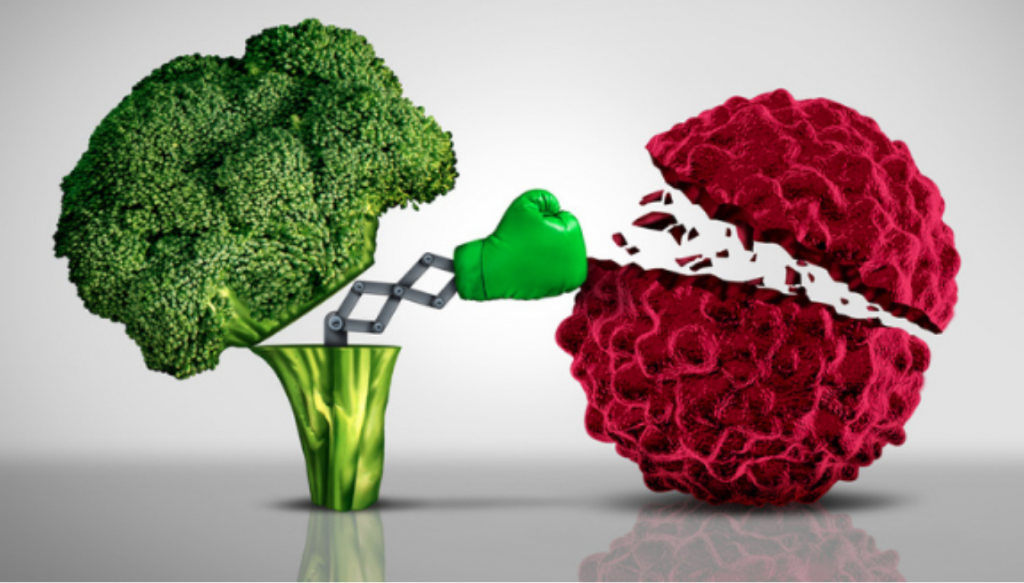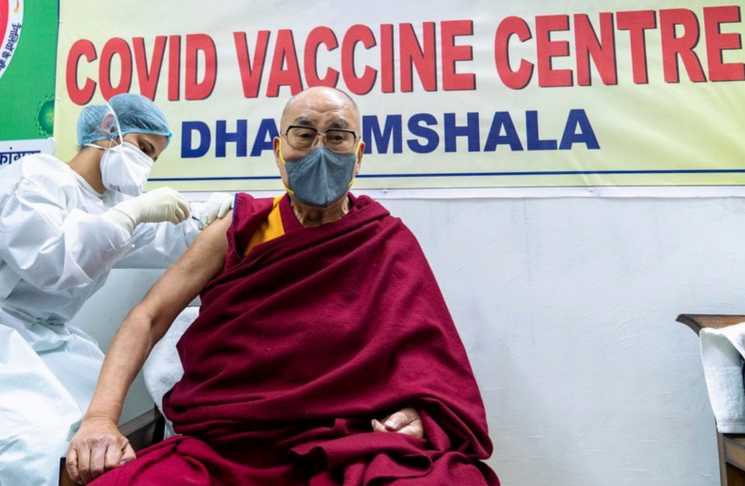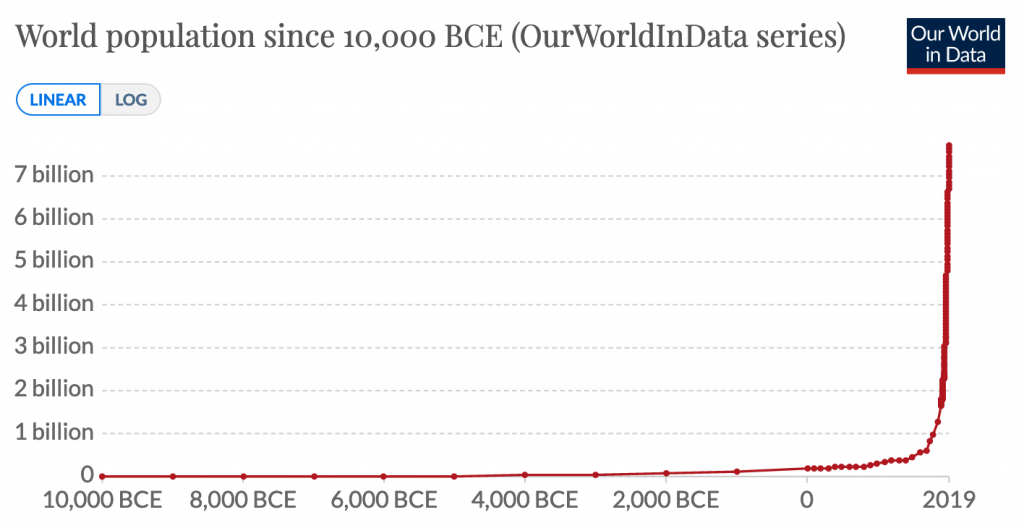So goes the old nursery rhyme. I recall the lyrics from dancing around in circles in my childhood. Some believe it to originate from the Great Plague of London in 1665, during the reign of Charles II:
Ring-a-ring-a-roses,
A pocket full of posies,
A-tishoo! A-tishoo!
We all fall down.
Seemingly innocent enough until we learn that under one interpretation, the ring of roses was the appearance of a rash, that posies were the ineffectual treatments for plague at the time, a-tishoo signified the onset of disease, and the falling down was terminal…
Before venturing into the minefield of the topic of vaccination, I will offer a quick review of how infectious diseases work and how the human body has evolved to protect itself from them while still maintaining a healthy balance with the natural world. And how medicine has used those processes to further protect us from infectious diseases. There is a huge difference between infection in a world populated by 2½ million humans in 10,000 BCE, which is the world our immune systems evolved to live within, and today’s crowded world of over 7 billion people. Putting it another way, 12,000 years ago, the human population of the entire world was roughly the same as that of Las Vegas today!
Our immune systems need help!

Like bubonic plague, many human infectious diseases such as cholera, tuberculosis, syphilis, typhoid and MRSA, are caused by bacteria. These are generally much bigger than viruses and are free-living. They don’t need to invade a host cell to replicate, so in the past hundred years, we have developed medicines, like antibiotics, to destroy them.

Our little nursery rhyme is actually an ode to yersinia pestis, a rod-shaped bacterium over 600 times larger than the Covid-19-causing virus. This little pestis killed up to 50 Million people, 60% of the then population of Europe, in a pandemic in the mid 14th century and killed many more millions before and since.
In the 21st century, however, a dose of an antibiotic like Streptomycin will cure this once terrible scourge so that in the five years from 2010 to 2015 there were fewer than 3300 reported cases worldwide with just 584 deaths. Such are the benefits of modern sanitation and medical science! Incidentally, the same antibiotic is used to treat tuberculosis which killed 100 million people worldwide in the 20th century. But, beware of feeling too complacent – that last malady on the list above, MRSA, is telling us that our antibiotic era may have limitations. Remember plasmids? More on that another time.
As we have seen, viruses only reproduce once they are inside a host – they have to be, by their very nature, parasites. Conventional wisdom means that this makes it very difficult to create a medicine which is toxic to the virus, but not to its host (in the case of SARS-Cov-2, us humans). So antibiotics don’t work on viruses. And anti-virals, chemicals which specifically target particular viruses, are difficult and slow to develop. Fortunately, over the course of millions of years, our bodies have evolved ways to protect us from hostile invaders like pathogenic viruses and bacteria, otherwise humanity (and many other organisms) would have never evolved. In the case of viruses, one way of doing this has been to prevent them getting into our cells in the first place, and to disrupt their passage from cell to cell.

And another thing our bodies can do is ‘remember‘ the pathogen so that it we can be protected from being infected by the same invader again. That’s the basis of the immune system, a multi-layered and complex way that organisms have evolved over millions of years to live in equilibrium with the rest of life on Earth.
It’s worth noting that this system works equally for parasites and hosts: parasites need hosts so a pathogen resulting in a 100% fatality rate would be a very unsuccessful organism and die out. A comforting thought, maybe.
The conundrum of viruses being difficult to kill once inside their hosts, together with the beginnings of an understanding of human immunity led to the question of how we could persuade our bodies to generate an immune reaction to a viral invader and so protect us from infection without succumbing to a fatal disease. And once this understanding was reached, it was found that it could also be applied to bacterial and other infectious diseases.
Which brings us on to vaccination.
But first, A Confession …


